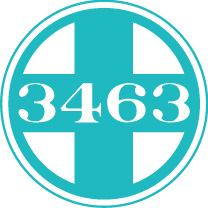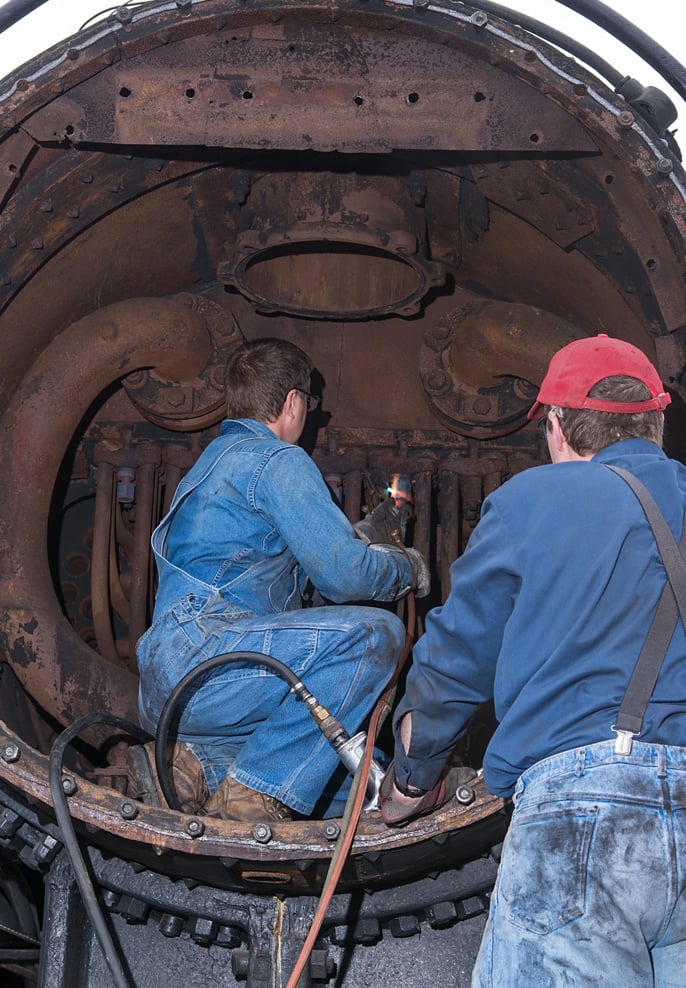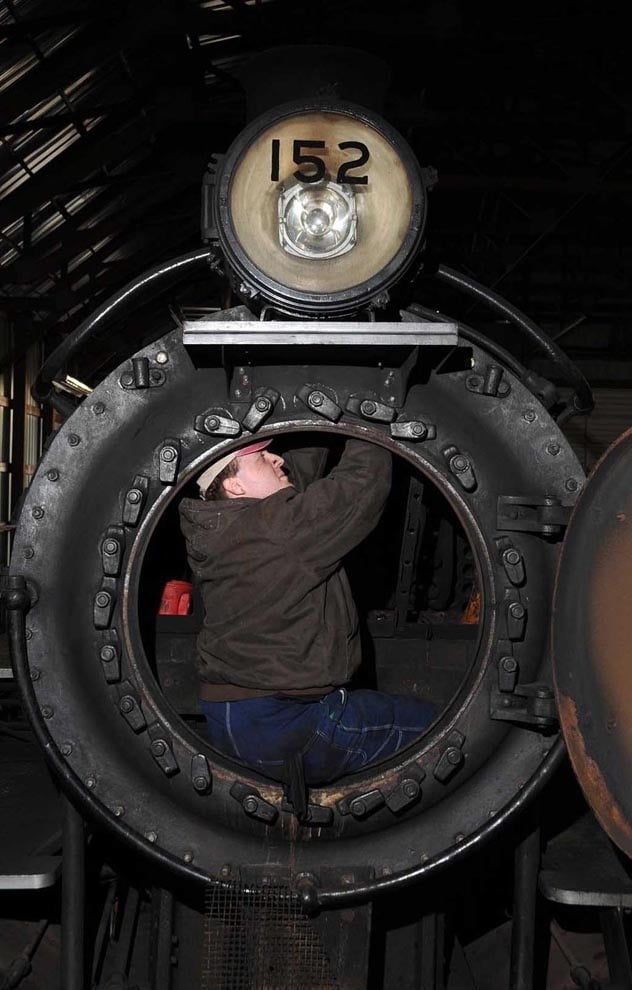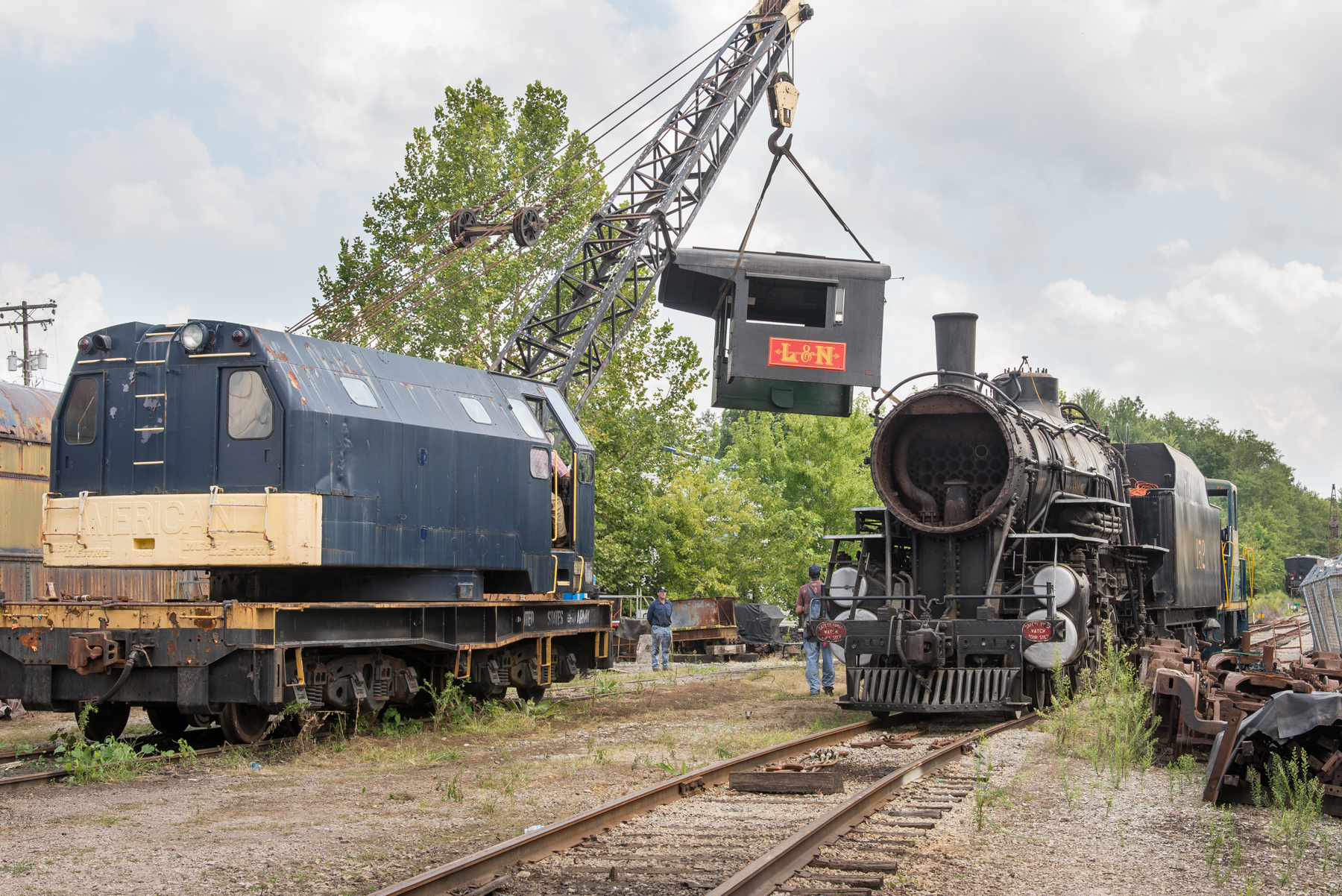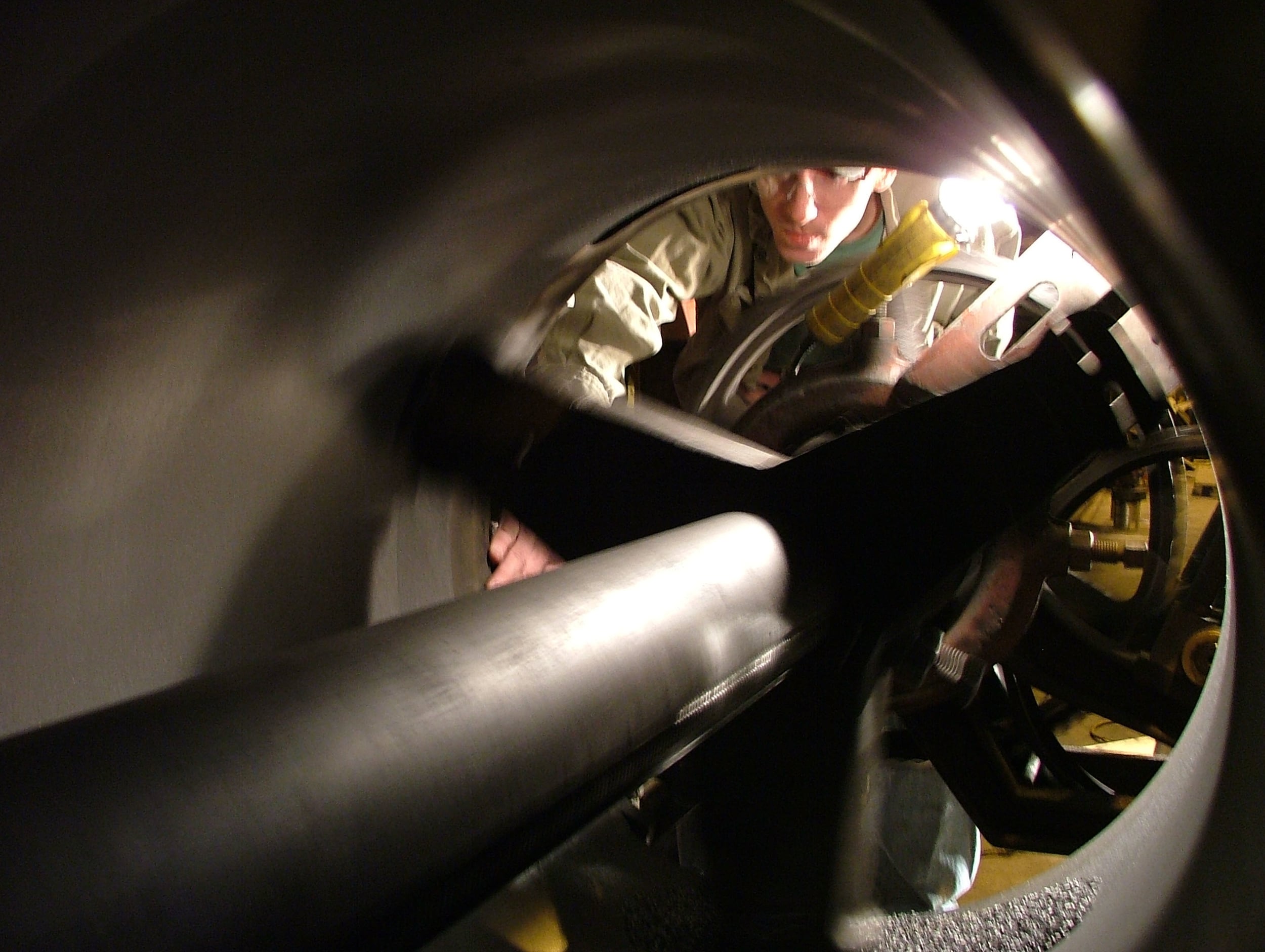2015 flew by almost as fast as this ATSF express passenger train... almost! Photograph by Jack Delano, LOC.
The year 2016 is off to a strong start here at CSR. The following are brief insights into some of the exciting news.
Refined Mission
As has been said many times before: “the only constant in life is change.” So too is it important for us here at CSR to continue to focus on the work we perform and the goals of the organization to ensure that we are striving to realize our mission.
The original mission of CSR, written back in 2011, was as follows:
to conduct bio-fuel research; to research and develop sustainable railroad locomotives; to investigate associated sustainable technologies; and to conduct education and outreach about sustainable railroad locomotives
The CSR Board of Directors put considerable thought into the existing mission of the organization, the ways in which our actions line up with that mission, and what will be needed to ensure continued prosperity of the not-for-profit. After significant consideration, two board meetings, and numerous iterations, the CSR Board voted unanimously to refine the CSR mission to as follows:
CSR is dedicated to:
INNOVATION – supporting and advancing sustainable modern steam, fuel, energy, and transportation technologies
PRESERVATION – promoting the safe and efficient operation and preservation of historic rail equipment
EDUCATION – supporting and conducting educational and informational activities to increase awareness of sustainable and historical technologies
This revised mission is in harmony with the initial goals of CSR, but focuses the group’s efforts on three important areas, each of which is being addressed by CSR's various technological developments. The three graphics below speak to each of those three core areas:
INNOVATION • PRESERVATION • EDUCATION
New Website
Accompanying the ratification of CSR's revised mission is a new website that provides a more user friendly way of receiving information from CSR (which, if you are reading this, you have found!). The new website had been under construction for some time, and its release around the New Year coincided with an added dedication to web security as sites similar to CSR's old homepage were subject to a continually increasing barrage of web attacks (which CSR was fortunate to avoid).
This new site provides information pertaining to all portions of CSR's undertaking, including its work with former ATSF steam locomotive 3463. The work with ATSF 3463 has been on hold since 2013 following a challenge to CSR's ownership of the locomotive. CSR took the challengers to court in Topeka, Kansas, to seek clarification as to the title of the locomotive, and those legal proceedings are ongoing. That said, CSR's plans with the locomotive remain unchanged and are intended to be undertaken in accordance with its mission. Also note that throughout the duration of the litigation, CSR has continued to remain the owner of the locomotive, including maintaining responsibility for insurance, power, and other associated duties related to ATSF 3463.
Take a look through the site at your leisure and, as always, please do not hesitate to let us know if you have any questions or comments.




